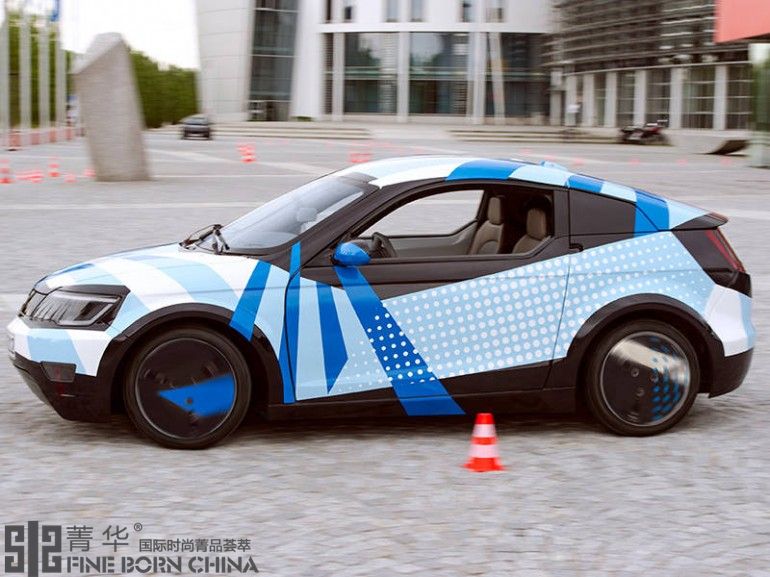全尺寸的远程控制汽车将诞生
在Google谷歌、Oxford University牛津大学、BMW宝马及Continental 等各方面的共同努力下,我们离“车辆自动化”的到来越来越近。“车辆自动化”也就是实现车辆无人驾驶,而真正的控制者可以像一个路人一样在路边进行操控。德国Technische Universität München (TUM)科学大学研发中心的人员表示,他们正在寻找更好的方式来试图将这种控制做的更好。现今,他们正在研发的自动化行驶汽车,可以在无人驾驶时在城市的街道行驶,而车辆的真正控制者可以在城市很远的另外其他任何地方。
那么,在无人驾驶的车辆中,我们首先需要考虑的重点是什么呢?鉴于一系列的例子,科学家认为,科技是需要拿来为人类服务的。这项发明可以给租车服务带来方便,或者是运用在俱乐部的会员车辆共享项目中。更重要的是,在市中心的停车服务上也可以给你带来很多的便利,当你到达市中心后,你可以下车去到你要去的地方,而车辆可以自己继续行驶去需找停车位。这样就免去了你停车花费的时间。

其外文相关报道如下:
The TUM team has equipped a prototype Visio.M electric car with six video cameras, five of which are mounted on the back of the rearview mirror (facing forwards or to the sides) and one of which is looking out the rear window. Together, they provide a 360-degree view of the car’s surroundings.
A live feed from the cameras is transmitted to a remote operator station that resembles a driving simulator, via LTE wireless communication. At that station, three monitors display the front and side views from the car, while a fourth displays the view out the back. Microphones aboard the car provide live Dolby 5.1 audio, while force feedback mechanisms in the station’s steering wheel and brake pedal mirror the forces encountered by the car itself.
Using all this technology, a human operator simply sits at the station and remotely drives the car as if they’re playing a video game. If there’s a break in communications, the car automatically brakes and sits in place until they’re resumed.
The scientists claim that the system isn’t very expensive, and that the LTE networks in many cities are already sufficient to transmit all the required video, audio and control data in real time. They add that slower UMTS networks could also work, as they would produce a transmission lag of less than half a second – which admittedly could still make a huge difference in accident avoidance.
Although issues such as legal liability still need to be addressed, the researchers expect the technology to be in use within five to ten years.








